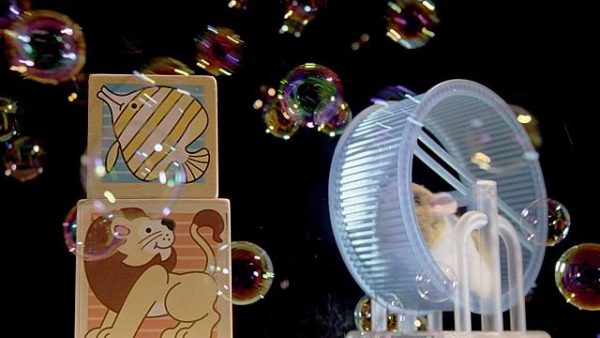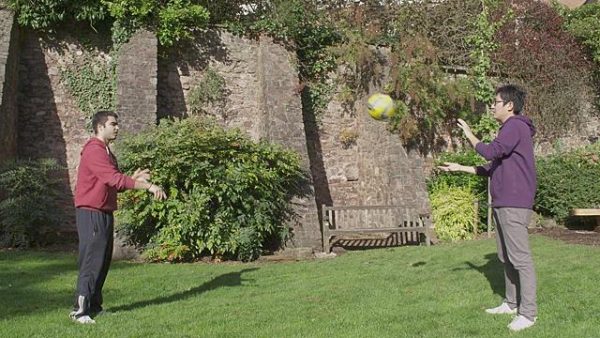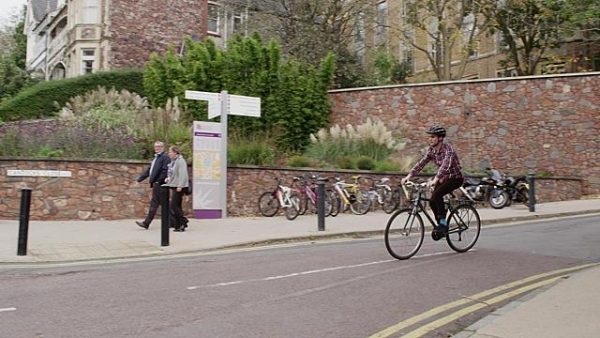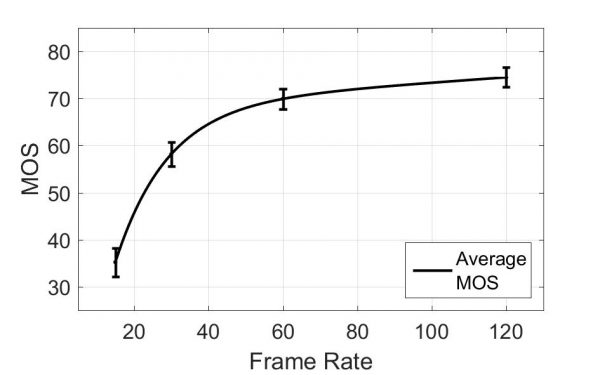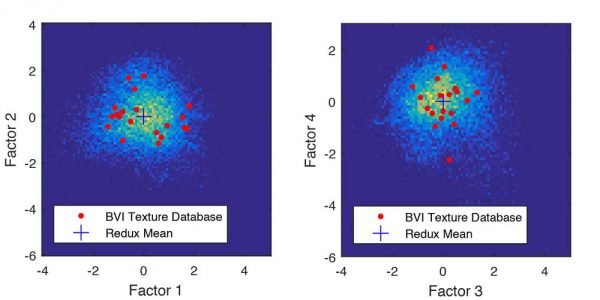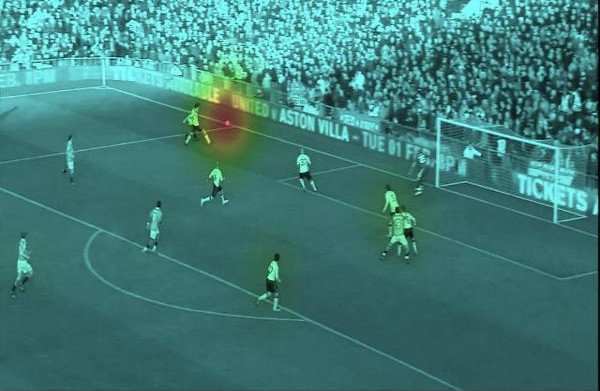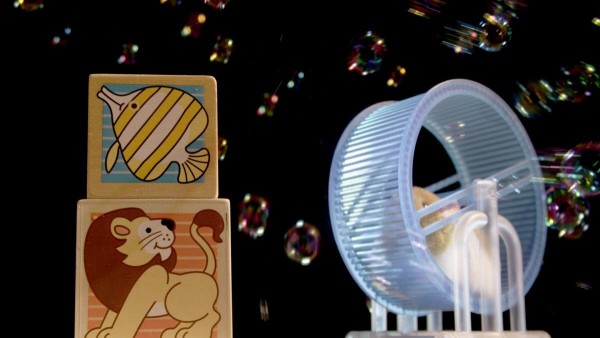Fan Zhang, Felix Mercer Moss, Roland Baddeley and David Bull
ABSTRACT
This page introduces a new high definition video quality database, referred to as BVI-HD, which contains 32 reference and 384 distorted video sequences plus subjective scores. The reference material in this database was carefully selected to optimise the coverage range and distribution uniformity of five low level video features, while the included 12 distortions, using both original High Efficiency Video Coding (HEVC) and HEVC with synthesis mode (HEVC-SYNTH), represent state-of-the-art approaches to compression. The range of quantisation parameters included in the database for HEVC compression was determined by a subjective study, the results of which indicate that a wider range of QP values should be used than the current recommendation. The subjective opinion scores for all 384 distorted videos were collected from a total of 86 subjects, using a double stimulus test methodology. Based on these results, we compare the subjective quality between HEVC and synthesised content, and evaluate the performance of nine state-of-the-art, full-reference objective quality metrics. This database has now been made available online, representing a valuable resource to those concerned with compression performance evaluation and objective video quality assessment.
DATABASE DOWNLOAD
[DOWNLOAD] instructions and related file.
[DOWNLOAD] all videos from CDVL (personal account may need to be registered first).
[DOWNLOAD] all subjective data.
Please read the README file before using the data.
If this content has been mentioned/used in a research publication, please give credit to both CDVL and the University of Bristol, by referencing the following papers:
[1] Fan Zhang, Felix Mercer Moss, Roland Baddeley, and David, R. Bull, “BVI-HD: A Video Quality Database for HEVC Compressed and Texture Synthesised Content”, IEEE Trans. on Multimedia, 2018.
[2] Margaret H. Pinson, “The Consumer Digital Video Library [Best of the Web],” IEEE Signal Processing Magazine, vol. 30, no. 4, pp. 172,174, July 2013 doi: 10.1109/MSP.2013.2258265


